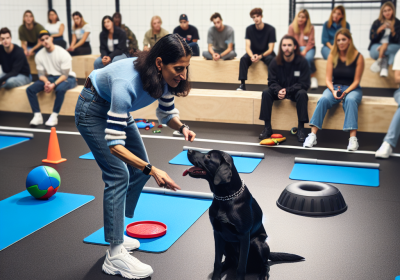Building a Strong Foundation for Canine Freework Training
Table of Contents
- Understanding the Basics of Canine Freework Training
- Essential Tools and Equipment for Effective Canine Freework
- Step-by-Step Guide to Establishing a Solid Foundation in Canine Freework Training
Building a strong foundation for canine freework training is essential for fostering a well-rounded, confident, and responsive dog. Freework training, which emphasizes natural movement and exploration, allows dogs to engage their senses and develop problem-solving skills in a controlled environment. This approach not only enhances physical fitness and mental stimulation but also strengthens the bond between the dog and handler. By focusing on foundational elements such as trust, communication, and gradual exposure to various stimuli, handlers can create a positive and enriching training experience. Establishing clear goals, using positive reinforcement, and maintaining consistency are key components in ensuring the success of freework training. Ultimately, a solid foundation in freework training can lead to a more adaptable, resilient, and happy canine companion.
Understanding the Basics of Canine Freework Training
Canine freework training is an innovative approach that emphasizes the importance of allowing dogs to explore their environment and make choices independently. This method not only enhances a dog’s physical and mental well-being but also strengthens the bond between the dog and its handler. To build a strong foundation for canine freework training, it is essential to understand the basic principles and techniques that underpin this approach.
At its core, canine freework training is about providing dogs with the freedom to engage with their surroundings in a way that is natural and instinctive. Unlike traditional training methods that often rely on commands and structured exercises, freework encourages dogs to use their senses and instincts to navigate their environment. This can include activities such as sniffing, exploring different textures, and interacting with various objects. By allowing dogs to make choices and solve problems on their own, freework training helps to build confidence and resilience.
One of the key principles of canine freework training is the concept of choice. Giving dogs the autonomy to make decisions about how they interact with their environment is crucial for their mental stimulation and overall happiness. This can be achieved by setting up a safe and enriching environment where dogs can explore at their own pace. For example, creating a sensory garden with a variety of plants, surfaces, and objects can provide a stimulating and engaging space for dogs to investigate. Additionally, using puzzle toys and scent games can further enhance their cognitive abilities and problem-solving skills.
Another important aspect of freework training is the role of the handler. Rather than directing the dog’s actions, the handler’s role is to observe and support the dog’s exploration. This requires a shift in mindset from controlling the dog’s behavior to facilitating their natural instincts. Handlers should be patient and allow dogs the time they need to explore and make decisions. Positive reinforcement, such as praise and treats, can be used to encourage desired behaviors and build a positive association with the training process.
Transitioning from traditional training methods to freework can be challenging for both dogs and handlers. It is important to start slowly and gradually introduce new elements to the training environment. Begin with short sessions and gradually increase the duration as the dog becomes more comfortable and confident. Consistency is key, and regular practice will help to reinforce the principles of freework training.
Moreover, understanding the individual needs and preferences of each dog is essential for successful freework training. Every dog is unique, and what works for one may not work for another. Handlers should pay close attention to their dog’s body language and behavior to identify what they enjoy and what may cause stress or anxiety. Tailoring the training environment and activities to suit the dog’s personality and preferences will help to create a positive and rewarding experience.
In conclusion, building a strong foundation for canine freework training involves understanding the basic principles of choice, autonomy, and natural exploration. By creating a safe and enriching environment, allowing dogs to make decisions, and supporting their instincts, handlers can enhance their dog’s physical and mental well-being. Transitioning to freework training requires patience, consistency, and a deep understanding of each dog’s individual needs. With these elements in place, canine freework training can be a highly effective and rewarding approach to enhancing the bond between dogs and their handlers.
Essential Tools and Equipment for Effective Canine Freework
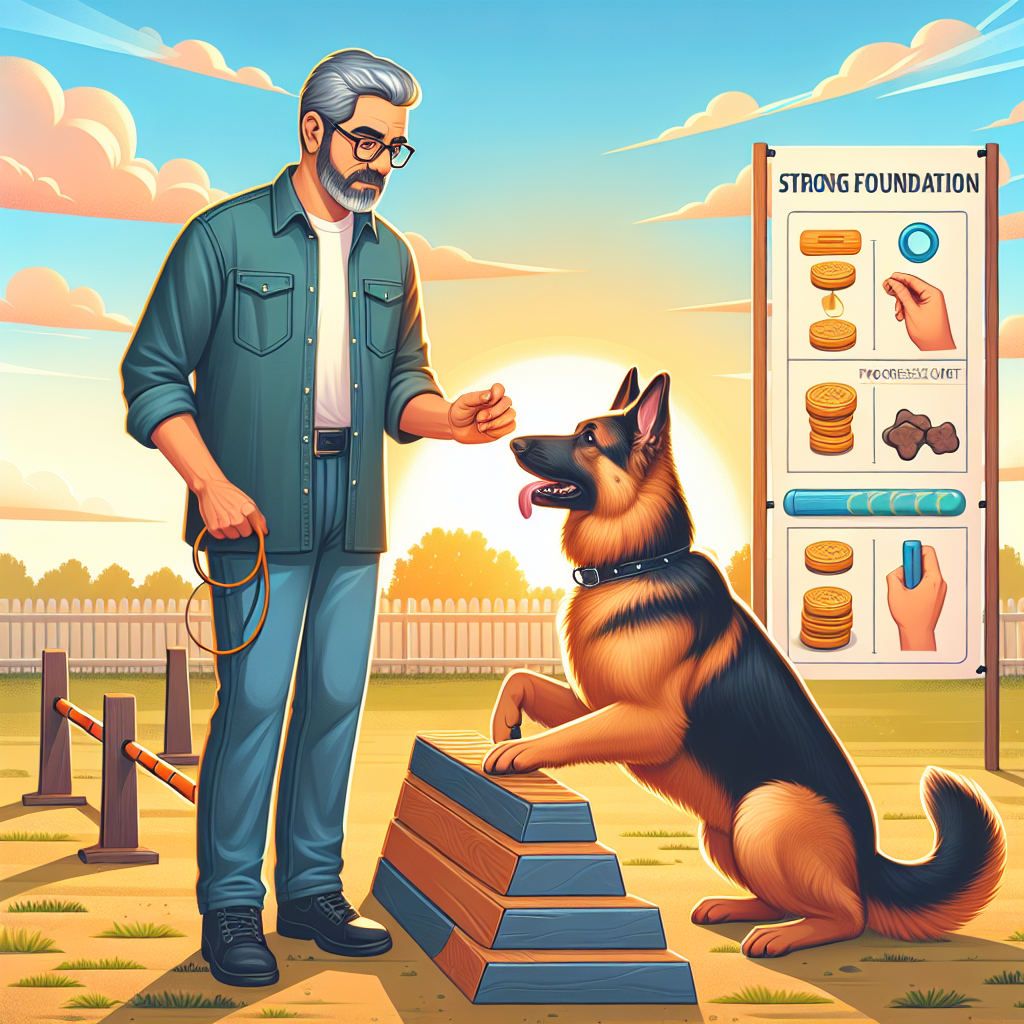
Building a strong foundation for canine freework training requires a comprehensive understanding of the essential tools and equipment necessary for effective practice. The right tools not only facilitate the training process but also ensure the safety and well-being of both the dog and the handler. To begin with, a well-fitted harness is indispensable. Unlike collars, harnesses distribute pressure evenly across a dog’s body, reducing the risk of injury and providing better control. A harness with multiple attachment points can offer versatility, allowing for various training exercises and movements.
In addition to a harness, a sturdy and adjustable leash is crucial. Leashes come in various lengths and materials, each serving different purposes. For instance, a shorter leash provides better control during close-contact exercises, while a longer leash allows for more freedom during exploratory activities. The material of the leash should be durable yet comfortable to hold, ensuring it can withstand the rigors of training sessions.
Another essential piece of equipment is a set of agility obstacles. These can include tunnels, weave poles, and jumps, which help in developing a dog’s physical agility and mental acuity. Agility equipment should be adjustable to accommodate dogs of different sizes and skill levels. Moreover, the materials used should be safe and non-toxic, ensuring that the dog can interact with them without any risk of harm.
Treats and rewards play a pivotal role in canine freework training. High-value treats, which are particularly appealing to the dog, can be used to reinforce positive behavior and motivate the dog to perform tasks. It is important to choose treats that are healthy and appropriate for the dog’s dietary needs. Additionally, a treat pouch can be a handy accessory, allowing the handler to keep treats easily accessible during training sessions.
Clickers are another valuable tool in the arsenal of canine freework training. Clicker training is a form of positive reinforcement that uses a distinct sound to mark desired behaviors. The clicker sound is followed by a treat, helping the dog to associate the sound with a positive outcome. This method can be highly effective in teaching new commands and refining existing behaviors.
Furthermore, interactive toys and puzzles can be beneficial in keeping the dog engaged and mentally stimulated. These toys often require the dog to solve a problem or perform a task to receive a reward, thereby enhancing cognitive skills and providing a fun and enriching experience. It is essential to select toys that are appropriate for the dog’s size and chewing habits to prevent any potential choking hazards.
Lastly, a designated training area is vital for effective canine freework training. This space should be free from distractions and hazards, providing a safe and controlled environment for both the dog and the handler. The surface should be non-slip to prevent injuries, and the area should be large enough to accommodate various training exercises and equipment.
In conclusion, building a strong foundation for canine freework training involves the careful selection and use of essential tools and equipment. A well-fitted harness, sturdy leash, agility obstacles, high-value treats, clickers, interactive toys, and a designated training area all contribute to a successful training experience. By investing in the right tools and creating a safe and engaging environment, handlers can effectively train their dogs, fostering a strong bond and promoting overall well-being.
Step-by-Step Guide to Establishing a Solid Foundation in Canine Freework Training
Building a strong foundation for canine freework training is essential for ensuring that your dog not only enjoys the process but also excels in it. The initial steps in this training method are crucial, as they set the stage for more advanced exercises and behaviors. To begin with, it is important to understand that canine freework training emphasizes the dog’s natural abilities and instincts, allowing them to explore and engage with their environment in a structured manner. This approach not only enhances their physical and mental well-being but also strengthens the bond between the dog and the handler.
The first step in establishing a solid foundation is to create a safe and controlled environment. This can be achieved by selecting a quiet, enclosed area where the dog can focus without distractions. It is also beneficial to introduce a variety of surfaces and objects for the dog to interact with, as this will help to build their confidence and adaptability. Gradually increasing the complexity of the environment will encourage the dog to think critically and problem-solve, which are key components of freework training.
Once the environment is set, the next step is to establish clear communication between the handler and the dog. This involves using consistent cues and signals to guide the dog’s behavior. Positive reinforcement, such as treats and praise, should be used to reward desired actions, thereby encouraging the dog to repeat them. It is important to be patient and avoid punishment, as this can create fear and anxiety, which are counterproductive to the training process. Instead, focus on building trust and understanding through gentle guidance and encouragement.
As the dog becomes more comfortable with the environment and the communication cues, it is time to introduce basic exercises that will form the foundation of their freework training. These exercises should be simple and achievable, allowing the dog to experience success and build confidence. For example, teaching the dog to navigate around obstacles or to follow a specific path can help to develop their spatial awareness and coordination. Gradually increasing the difficulty of these exercises will challenge the dog and keep them engaged.
In addition to physical exercises, it is also important to incorporate mental stimulation into the training regimen. This can be achieved through activities that require the dog to use their problem-solving skills, such as puzzle toys or scent work. These activities not only provide mental enrichment but also help to develop the dog’s focus and concentration. By combining physical and mental exercises, the dog will be well-rounded and better prepared for more advanced freework training.
Throughout the training process, it is essential to monitor the dog’s progress and adjust the training plan as needed. This may involve modifying exercises to better suit the dog’s abilities or introducing new challenges to keep them motivated. Regularly assessing the dog’s performance and making necessary adjustments will ensure that they continue to progress and develop their skills.
In conclusion, building a strong foundation for canine freework training requires careful planning and a structured approach. By creating a safe environment, establishing clear communication, introducing basic exercises, and incorporating mental stimulation, you can set your dog up for success. With patience and consistency, your dog will develop the skills and confidence needed to excel in freework training, ultimately leading to a more fulfilling and enriching experience for both the dog and the handler.
Read more about Canine Freework
Training Strategies for Canine Freework
– Positive Reinforcement Techniques for Canine Freework
– Building a Strong Foundation for Canine Freework Training
– Common Training Mistakes to Avoid in Canine Freework
– Adjusting Training Methods for Different Types of Dogs
– Incorporating Canine Freework in Regular Training Sessions


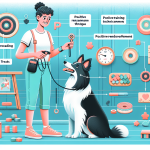
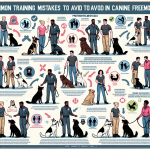
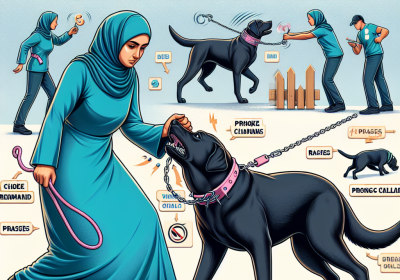
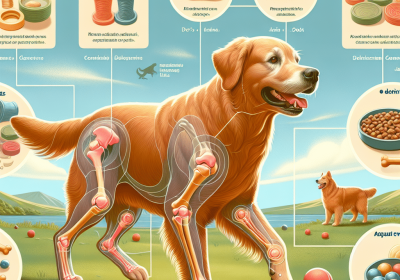
![The Dog Podcast Uncovers Startling Truths About What We Feed Our Dogs [Press Release]](https://knowledgenook.com.au/wp-content/uploads/2024/08/dog-with-nutritious-food-400x280.jpg)
